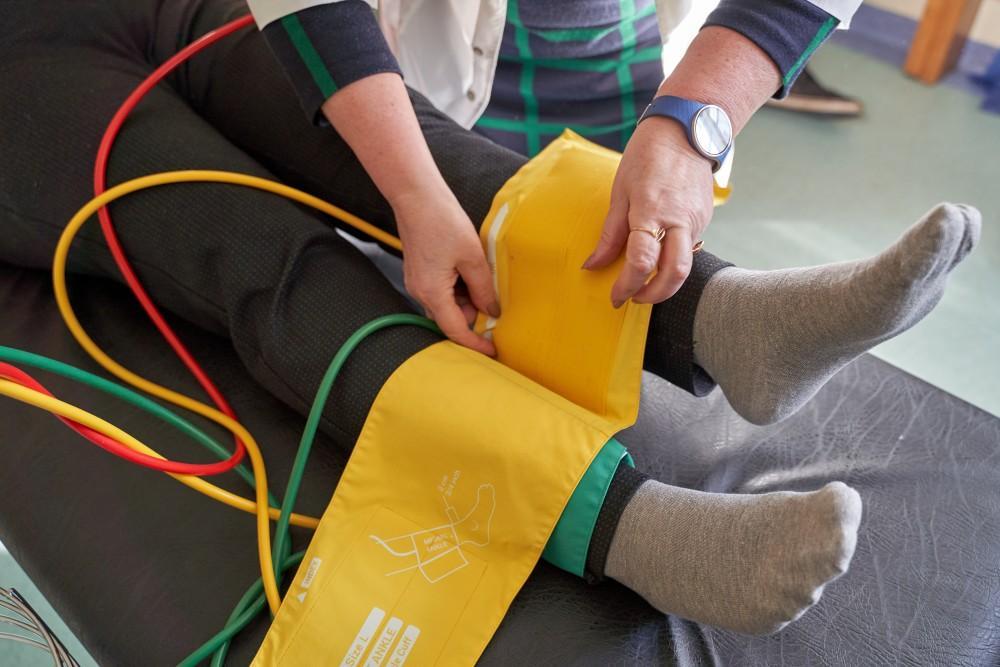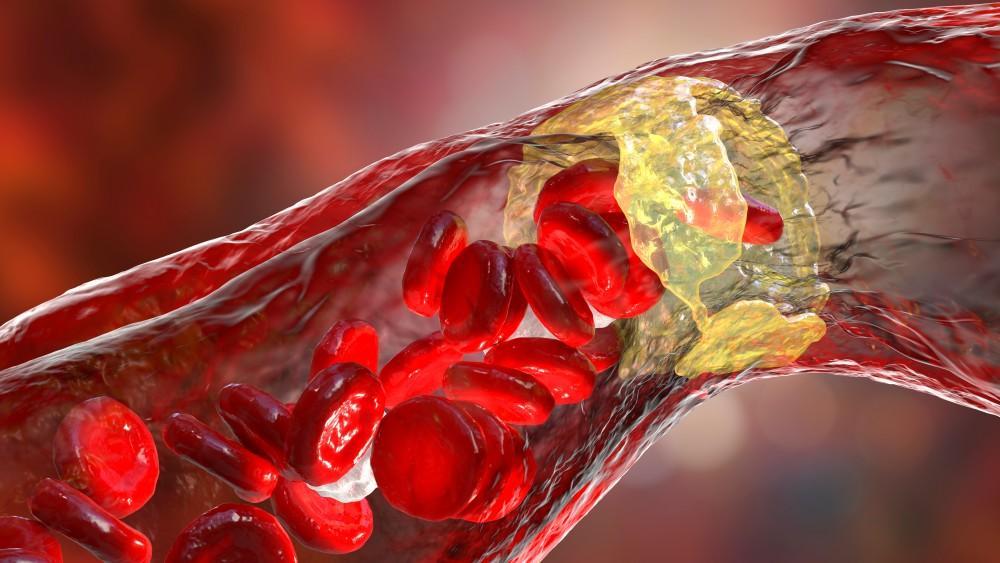1. Quit smoking
Smoking is bad for your heart, your lungs, and your blood vessels, too. In fact, the chemicals in cigarettes damage the lining of your arteries, making it easier for sticky plaques to collect along the artery walls. The result: narrow, stiff arteries and poor circulation, especially in your legs.
Quitting smoking certainly isn’t easy. The American Lung Association and Smokefree.gov offer some helpful tips, as well as tips on contacting a support group. And of course, our team can help, too.
2. Adopt a healthy eating plan
You truly are what you eat, and that means that when you eat healthy foods, maintaining good health becomes easier. Following a healthy eating plan might seem difficult, but the basics are pretty simple:
- Avoid foods high in unhealthy fats, including trans fats and saturated fats
- Avoid processed foods and foods high in sugar or sodium
- Focus on whole grains, lean proteins, low-fat dairy, and lots of unprocessed fruits and vegetables
Following a healthy eating plan helps with the next item on this list, too.
3. Shed the extra pounds
Recent research shows extra pounds may increase the risk of developing PAD as well as the risk of severe symptoms that can lead to limb loss. Like smoking, weight loss can be difficult, especially when PAD symptoms make many activities uncomfortable.
But losing weight is absolutely possible — our team can help you learn strategies that work for your lifestyle and health issues. And like the other items on this list, losing extra weight offers benefits for your overall health, too, like reduced risks of heart disease, stroke, and diabetes.
4. Be more physically active
Exercise is essential for promoting healthy circulation, yet many of us lead sedentary lifestyles, spending hours every week sitting in front of computers, TVs, and cellphones. In fact, less than a quarter of American adults meet current recommendations for aerobic and muscle-strengthening exercise, according to recent data from the CDC.
The good news: You don’t have to be an Olympic athlete to reap the benefits of regular exercise. Walking 30 minutes five days a week at a moderate pace can dramatically improve your PAD symptoms and your overall health, too. Swimming and cycling are great options, too.
5. Manage other medical problems
Some chronic medical conditions, like hypertension, high cholesterol, and diabetes, increase your risk of PAD, and they may also increase the severity of the disease and your symptoms. Playing a proactive role in managing these conditions can play an important role in managing PAD, too.
The good news: Many chronic health issues that affect PAD can be helped by the other items on this list, like eating a healthy diet and exercising regularly. In some instances, medication may also help keep these conditions under control.
Take control of PAD
PAD is a chronic disease that, like other chronic diseases, requires ongoing management. With regular doctor visits and a few simple (and healthy) lifestyle changes, you can keep your PAD symptoms under control and reap some benefits for your overall health, too.
To learn more about PAD and its treatment, call 972-295-7017, or book an appointment online with the team at Prime Heart and Vascular today.





